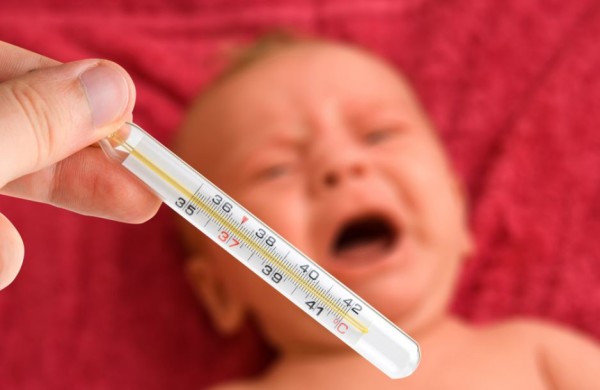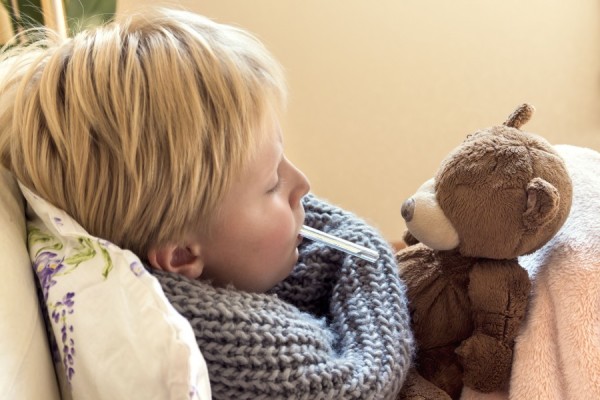The Meningitis Research Foundation has urged parents to educate themselves about the signs and symptoms of meningitis.
Experts believe many lives could be saved if parents are given explicit information about noticing the signs of both meningitis and septicaemia (sepsis.)
According to the charity's new report, doctors must give parents ‘safety netting’ information if they deem it safe to send a child home a child with suspected infection.
They should share vital facts about meningitis and sepsis. They must stress the importance of seeking medical help if their child’s symptoms do not improve or worsen.
The Meningitis Research Foundation found that nearly one-third of babies with bacterial meningitis receive inappropriate early treatment which delays parents seeking further help.
They added that 49 percent of kids who have a meningococcal infection are sent home after their first GP visit and are not admitted to hospital.
They explained that the signs can often be mistaken for less serious illnesses.
The full list of meningitis symptoms:
Leg pains, which are often severe and prevent a child from standing or walking.
Cold hands or feet - even if the child has a high temperature.
Pale, dusky or blue colour of the skin around the lips.
Rash - commonly occurs but not always. A typical rash is common with a meningococcal infection. The rash is red or purple. Small spots develop at first and may occur in groups anywhere on the body. They often grow to become blotchy and look like little bruises. One or two may develop at first, but many may then appear in different parts of the body. The spots/blotches do not fade when pressed (unlike many other rashes). To check for this, do the glass test. Place a clear glass firmly on one of the spots or blotches. If the spot/blotch does not fade and you can still see it through the glass, get medical help immediately
High temperature and shivering - however, the hands and feet often feel cold.
Stiff neck - cannot bend the neck forward.
Headache - which can become severe.
Fast breathing.
Aches and pains in muscles or joints - the pains can become quite severe.
The skin may look pale or blotchy, or turn blue.
Dislike of bright lights - will shut the eyes and turn away from the light.
Drowsiness or confusion - may appear vacant.
Repeated vomiting. Sometimes, tummy pain and diarrhoea
Click here for more information on the signs and symptoms of meningitis.












